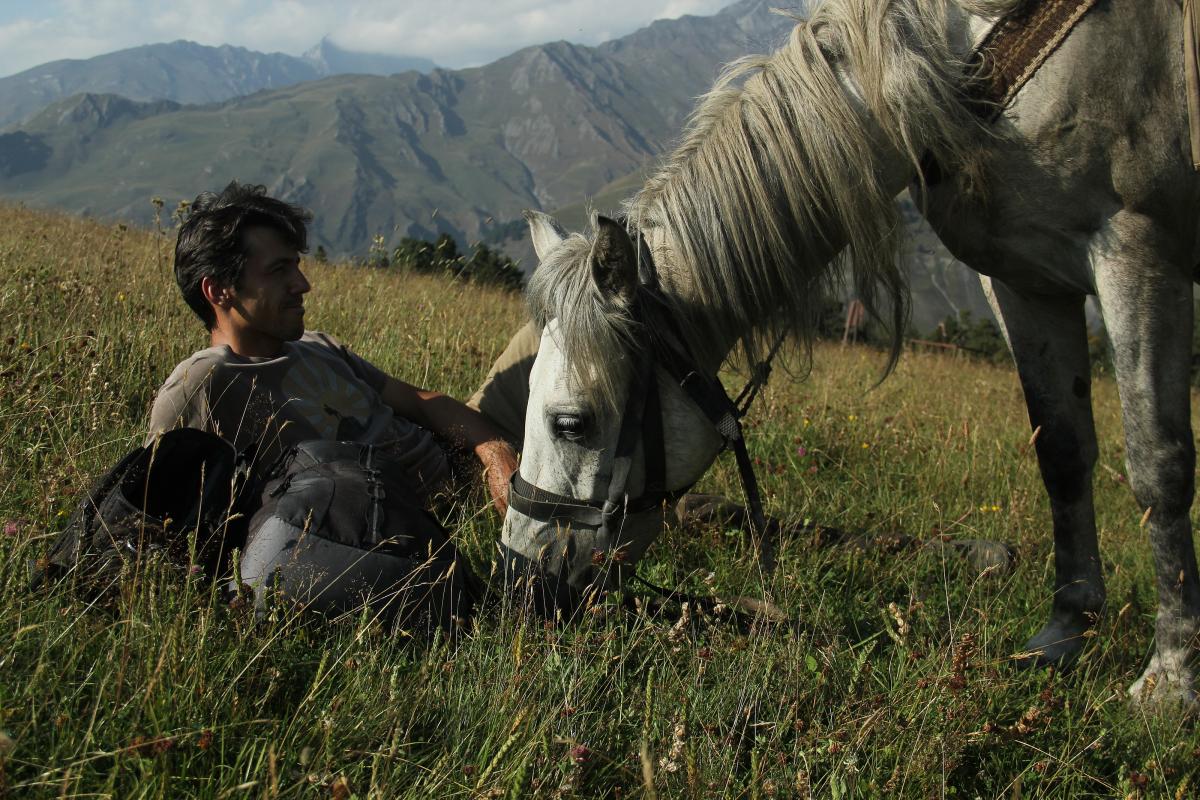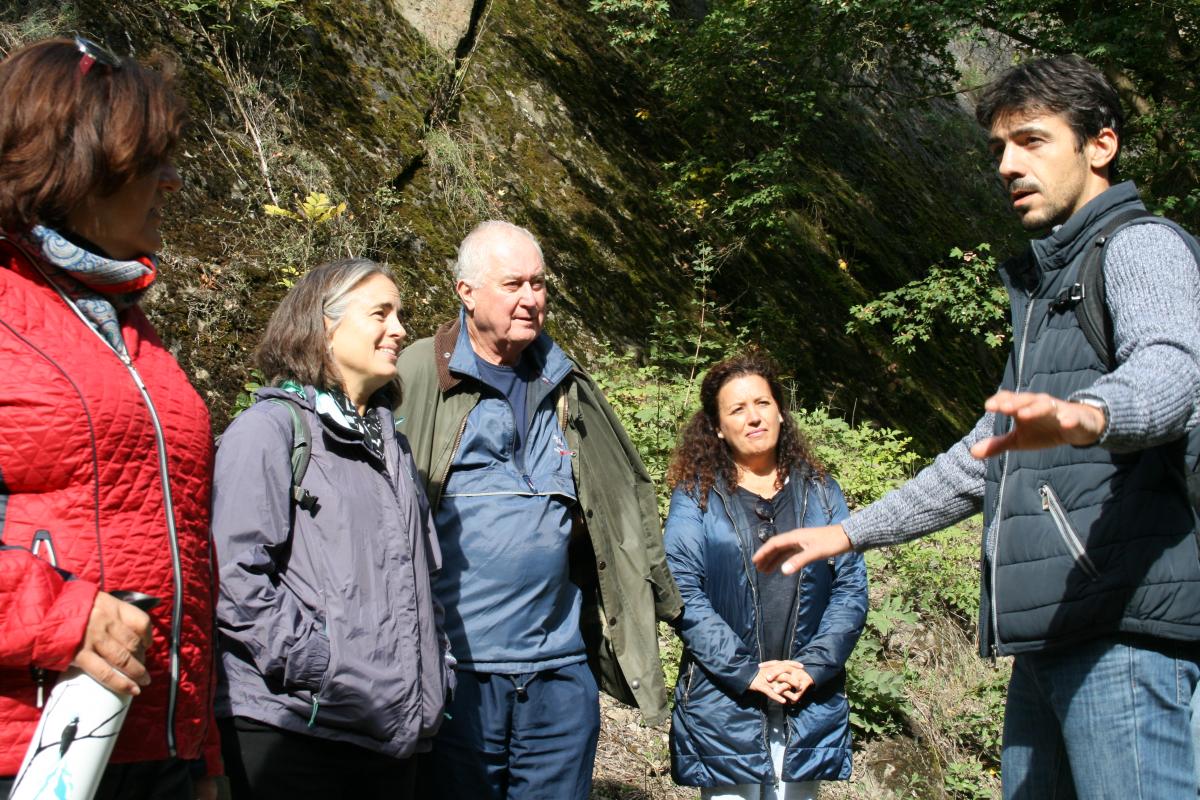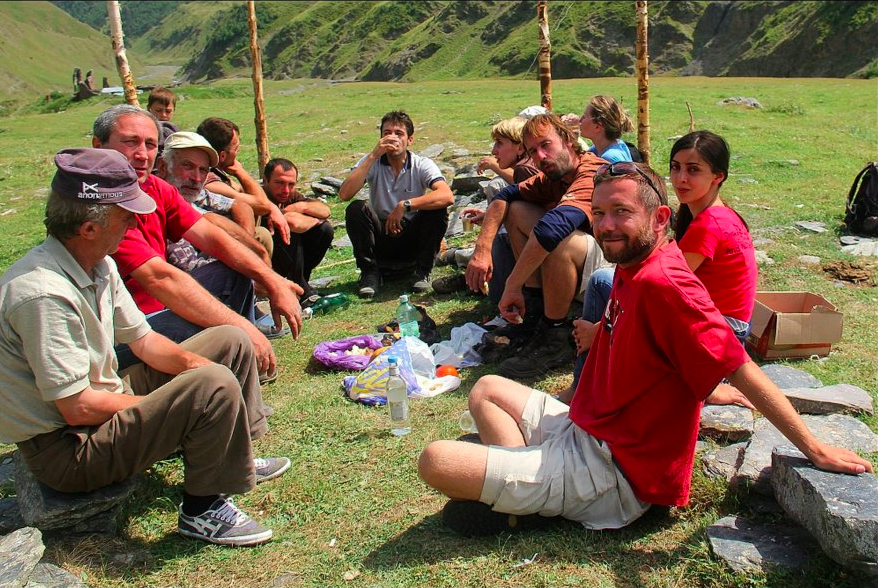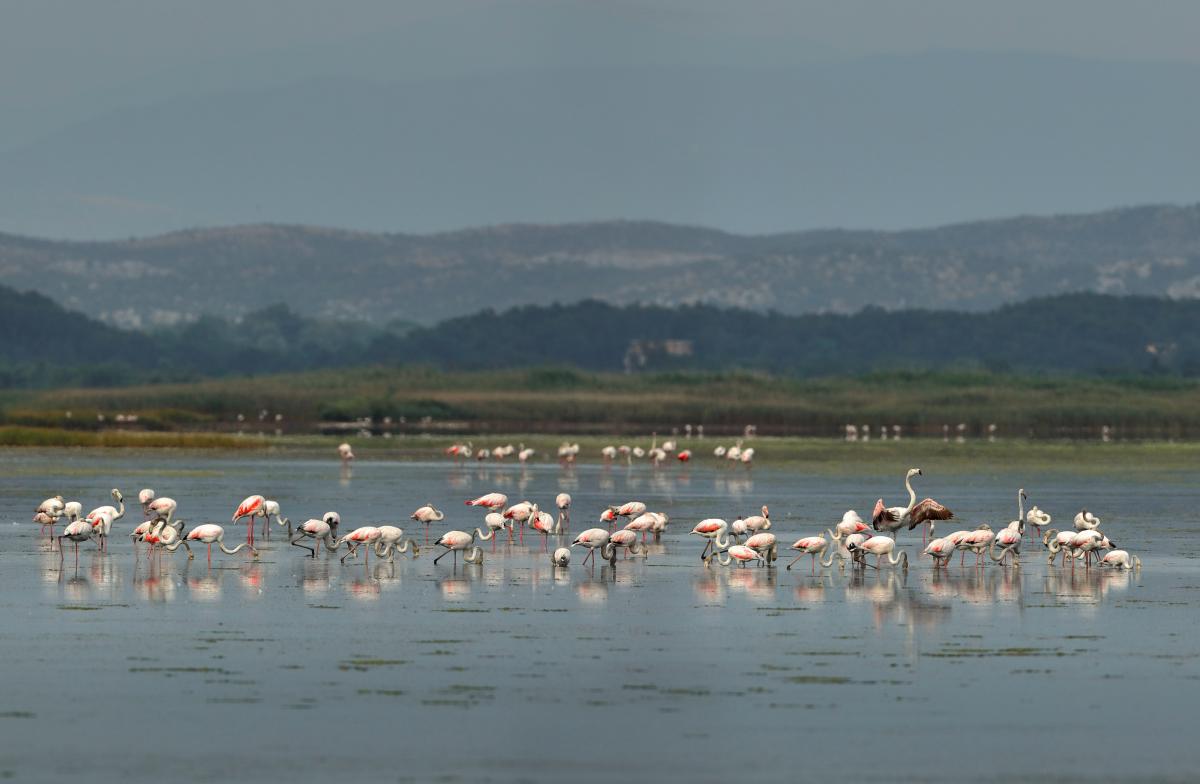Building capacity to improve the Natura 2000 Network: An interview with protected areas expert Michael Hošek
This is the third in a series of interviews with Natura 2000 (N2K) experts as part of the LIFE Green List for N2K project. Our interviewee has extensive experience in Natura 2000 site management. He recently became involved in the Green List for N2K project as a member of the European Core Working Group, with the goal of adapting the IUCN Green List Sustainability Standard to the Natura 2000 network.
During the years 2000 to 2004, the Czech Republic was undergoing their accession period to the EU, presenting a time of big changes in nature conservation in the country. Such an opportunity required a lot of young professionals to be brought into the process. Michael Hošek, fresh from graduating with an MSc in Landscape Ecology, was one such young professional starting his career at this time. Initially a civil servant in the Czech Nature Conservation Agency, his background meant that Michael was quickly appointed as a coordinator of Natura 2000 sites selection for habitat types. Later, as Deputy Director at the same agency, he was responsible for the implementation and enlargement of the Natura 2000 network at the technical level. As he recalls, “It was a hectic and interesting period…We had to reach much higher standards of our work and learn new things, for example, to work systematically at the country level and cooperate under quite strict “project” management”.
This first exposure of protected areas, through creating the Czech Natura 2000 network, was the start of what continues to be a long and successful career in nature conservation for Michael. His work included close contact with all protected area managers in the country, thanks to a significant overlap of the Natura 2000 network with nationally designated protected areas. This provided him with significant insights into protected area management, and his expertise is today highly regarded across the European protected area network. Currently, Michael works with Krkonoše Mountains National Park, and also works in EU candidate countries, either by helping build their capacities for Natura 2000 implementation or helping them with managing large-scale protected areas. Besides that, he serves as a Vice President of the EUROPARC Federation, the largest European Association of protected area managers. He remains grateful that his career allows him to work both at local and policy levels, “I can hardly imagine having more opportunities to be in touch with protected areas, both in the field and in the designation or management planning processes. Moreover, I combine working both within state administration and private sector, which gives me a great opportunity to understand all views and communicate appropriately with all stakeholders”. Alongside his wealth of knowledge, Michael continues to take great pleasure in his work, particularly in relation to Natura 2000 sites, “Natura 2000 is still my main topic. And I strongly believe in it. Globally, it is the largest protected area network managed, that crosses over 28 countries, and it is awesome”.
Significant experience has given Michael an in-depth knowledge of the main challenges in managing protected areas in Europe. He feels it is important to recognise the diversity of the region in terms of nations, cultures and development, and the associated pressures. In his view, “the biggest challenge for us is good management of transboundary areas, of which we have a large basket”. However, he also notes urbanisation as an increasing challenge for protected areas in Europe, given that by 2050 it is predicted that more than 50% of the European population will live in cities; “We have to react to it by developing a new strategy on how to manage the European landscape, if the current agricultural use, on which biodiversity here is quite dependent, will be significantly modified. In addition, we need to consider how to manage tourism in protected areas, because I am sure that the number of visiting tourists will steadily increase”.
Michael recognises that, compared to many other regions, Europe has already achieved regionally higher standards of protected area management and administration. However, there is still much room for improvement, and he acknowledges that the Green List would help as a vehicle in this. He notes that the Green List process for Natura 2000 will help in “reaching a common understanding of what the governance and management should be across EU countries, through reaching minimum quality standards and improved cooperation and experience sharing”.
Michael claims to have many favourite Natura 2000 sites, but particularly wanted to highlight a protected area in Montenegro, which is currently an EU candidate country. He feels that Ulcinj Salina, one of the largest saltpans in the Mediterranean, should be designated as a Natura 2000 site, if Montenegro is to join the EU. Originally created artificially for sea salt production, the site has become a hotspot for biodiversity. However, it is currently not being used for that purpose, and so the site has been losing its ecological values fast, but its importance has remained at a regional level. A significant number of target species and habitats are fully or partially dependent on the traditional use of the landscape and natural resources in general, and so correct management of the area is essential for its protection. As Michael explained, “Ulcinj Salina also shows a specificity of the Natura 2000 and thus European nature. Natura 2000 is not a network of strictly protected areas. It is an integral part of our landscape and our lives”.
The Czech site participating in the testing phase of the Green List for Natura 2000 project is Krkonoše Mountains National Park.
More information about the 'Green List for Natura 2000' project can be found here. If you’re interested in learning more about the project you can also contact catarina.ferreira@iucn.org.








